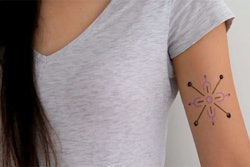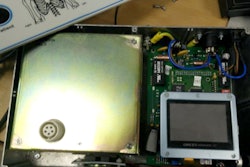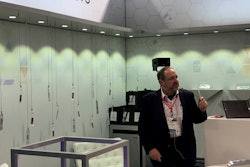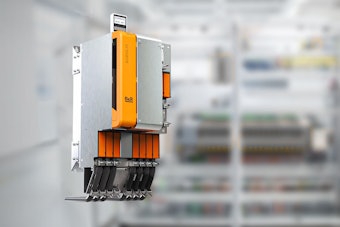In May, the European Parliament approved the final version of its Medical Device Regulation (MDR)—repealing the existing Medical Device Directive—with the goal of developing a regulatory framework that supports a high level of safety and innovation for medical devices.
In this second installment of our Q&A session, Kelli Anderson and Jane Severin from Network Partners talk about the new MDR, including timelines and innovation. [Editor’s note: We recommend reading Part 1 first, which offers information about the regulations, notified bodies and upclassification.]
MDR timeline
HCP: What have you found surprising about the MDR timeline?
KA: Once the MDR was finalized and approved by Parliament in May 2017, the implementation phase started. The first part of the implementation phase is actually going to be used up by the notified bodies because they have to be re-certified.
Technically, device companies have a three-year transition period. IVD companies have a longer transition period, but the device companies can't start their activities with their notified body until the body has been re-certified. Not all the notified bodies are going to survive because a lot of them are not equipped to handle the increased burden being placed on them.
Notified bodies are anticipating their re-certification process to take no fewer than 12 to 18 months. So that means on the back end, the manufacturers may only have about two years to work with their notified bodies on the transition.
HCP: That is definitely concerning. Is it true for all changes?
KA: Device changes and new product launches can continue to be approved under the existing MDD until final implementation in 2020. While certification is typically valid for five years, this timing may be shortened based on the timing outlined in Article 120.
Innovation and the MDR
HCP: How might the new MDR affect package innovation?
Network Packaging’s Jane Severin: Medical packaging technologies and regulations are always evolving.Patient safety, the battle against healthcare-associated infections, and the goal to improve patient outcomes are paramount. The fact that a sterile medical device package must maintain sterility and allow for aseptic presentation of a device also remains constant.Rapidly evolving device designs, packaging material technologies, and user needs and environments are a driver for the need to increase clarity, emphasis, and detail in applicable packaging regulations.

An example of this is the MDR Section 11, “Infection and Microbial Contamination.”This section builds on the existing MDD Section 8 with the addition of “shall” statements emphasizing the importance.The new MDR adds to the requirement that manufacturing processes should be designed to “eliminate or to reduce as far as possible the risk of infection” with very explicit requirements for the design and a new requirement to “allow easy and safe handling.” Typically, a requirement must be assessed in order to illustrate compliance.This can be achieved through usability testing, which currently is a proposed element for ISO 11607.
MDR Section 11.4 adds clarity regarding the responsibility of maintaining sterility of a device throughout its life by the addition of “point of use.”This may expand the need to design and assess a system’s performance in the handling and storage in a clinical environment.This section also includes a new requirement: “It shall be ensured that the integrity of that packaging is clearly evident to the final user.”. Currently clinicians may glance at a package before use and if a catastrophic defect is noted visually they won’t use it.This new requirement is vague in how it will be designed into the package system and assessed.The assessment would likely be included into the usability evaluation.
In summary, these examples, while seemingly subtle changes, may be significant drivers for package design innovation:
-
The increased emphasis and additional requirements for package design in Section 11
-
The increase in clarity of the life cycle of the device to the “point of use,” which includes the clinical environment and the addition of the need for “evidence” for the final user that the packaging is not damaged
-
Maybe most importantly, the need to assess these requirements
The aforementioned MDR requirements may be very impactful over time in the medical device industry in terms of device manufacturers and in terms of improved patient outcomes.























